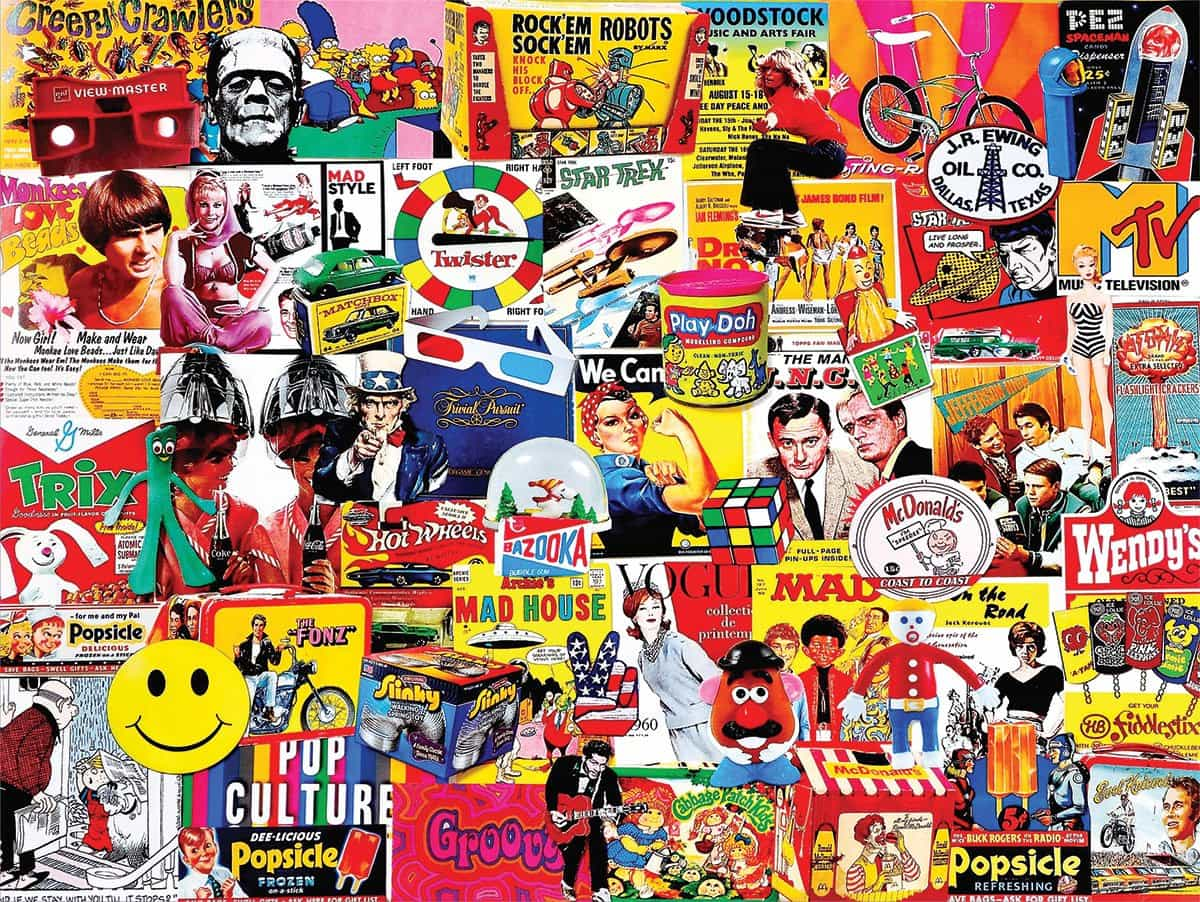In 2025, attention is currency, and pop culture is the stock market.
From Duolingo’s hilarious TikTok reactions to the NFL’s unexpected Taylor Swift surge, brands that understand cultural timing are winning both the conversation and the consumer. Pop culture moments can catapult a brand from “known” to unforgettable — but only if done with intention.
Because the question isn’t “Should my brand join the trend?”
It’s “How can we participate in a way that strengthens who we already are?”
Why Cultural Relevance Matters More Than Ever
In a world where algorithms reward authenticity and virality can happen overnight, cultural relevance isn’t optional…it’s essential.
Consumers want brands that get it. They want to see themselves reflected in the content they consume. When brands join the conversation authentically, they stop feeling like marketers and start feeling like community members.
Take Barbie’s 2023 pink takeover. Mattel didn’t just launch a movie, they created a movement. Collaborations with Airbnb (the Barbie Dreamhouse), Crocs, and even Burger King turned the color pink into a cultural reset. Why? Because each partner aligned with the story: fun, nostalgic, and unapologetically bold.
Relevance doesn’t mean chasing trends. It means showing your audience that you understand what they already care about and meeting them there.
The Anatomy of a Pop Culture Win
Behind every viral moment is strategy. The most effective campaigns share four traits:
- Timing — The best moments happen fast. Wendy’s social media team mastered this years ago, using witty real-time responses to trending topics that kept the brand top of mind.
- Tone — Match the energy of your audience. When McDonald’s partnered with Travis Scott, the brand didn’t overthink it, they let the culture drive the conversation with memes, custom merch, and an instantly iconic “Cactus Jack” order.
- Alignment — Not every trend fits every brand. When Maybelline jumped on the “Tube Girl” TikTok trend by posting mascara ads filmed on the London Underground, it worked because it fit the brand’s tone: confident, bold, and fun.
- Value — Add something new. When Dunkin’ joined the Stanley Cup craze with its pink-and-orange collaboration, it wasn’t random. It connected lifestyle, utility, and brand color identity…and sold out instantly.
The difference between cringe and clever? Knowing your lane (and owning it).
From Trend to Tribe: Turning Moments Into Meaning
The best pop culture plays don’t end when the hashtags fade, they build community that lasts.
Duolingo is a prime example. Its TikTok presence isn’t just funny, it’s self-aware. The brand’s mascot “Duo” has become a chaotic yet lovable character that comments on cultural moments in real time. Every post fuels conversation and deepens brand personality.
Liquid Death built an entire cult following the same way: blending humor, rebellion, and social commentary. Their marketing stunts (like selling “cursed” water or fake horror trailers) prove that when you commit fully to a tone, your audience follows you anywhere.
And let’s not forget Crocs. Once a meme, now a fashion statement, Crocs used collaborations (with Balenciaga, Post Malone, and even the Shrek franchise) to transform cultural irony into cultural capital. They didn’t just ride the wave…they became the wave.
Pop culture moments aren’t just quick hits. When treated like stepping stones in a long-term story, they turn casual fans into loyal advocates.
When NOT to Join the Conversation
Just because something’s trending doesn’t mean your brand belongs there.
Remember when multiple companies tried to weigh in on the “Joker” movie hype — including unrelated brands forcing edgy visuals or quotes into their feeds? It felt off. Authenticity can’t be manufactured.
If your post feels like a stretch, your audience will feel it too. Before hitting “post,” ask:
- Does this align with our tone and values?
- Would we post this if it weren’t trending?
- Are we contributing to the conversation, or just interrupting it?
Sometimes, restraint is the smartest move a brand can make.
Pop Culture Is a Mirror — Use It Wisely
When done right, pop culture marketing isn’t about hopping on trends. It’s about reflecting the world your audience lives in.
Nike did this perfectly with their “You Can’t Stop Us” campaign — blending sports highlights and social movements to connect athletic performance with cultural purpose. It wasn’t about a moment — it was about meaning.
So, whether you’re a global brand or a growing business, remember this:
Don’t chase virality. Create resonance.
Pop culture gives brands the opportunity to be seen — but strategy makes them remembered.

